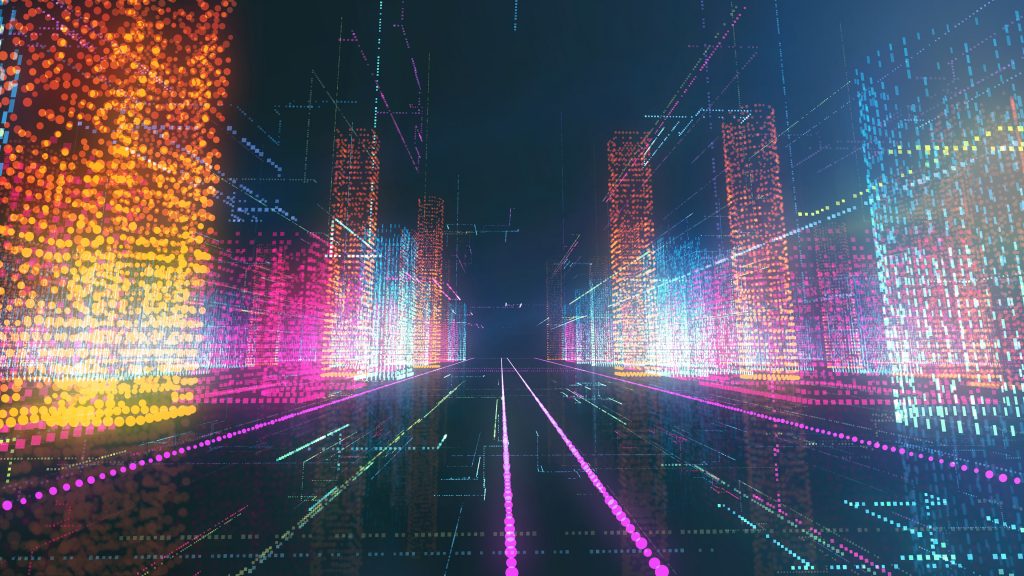In the UK, we have an unwritten rule – that the countdown to Christmas starts with the release of the John Lewis (a high-end department store) seasonal TV commercial. The retailer’s Christmas advert (usually released around 10th November) has become an annual institution, surrounded by incredible hype. The adverts have also created fierce competition, with other brands and retailers all vying to win the hearts of the nation.
Over the past few years, a number of companies have been using VR and AR, as tie-ins to their ATL advertising, to give them the edge. The promise of exciting new tech-enabled experiences has been used to draw shoppers in-store. Studies have shown that Millennials crave experiences from brands, so it only makes sense that retail juggernauts have been turning to immersive tech to add an extra bit of flair to their offerings.
In 2016, John Lewis’ Christmas campaign included two different VR experiences. An in-store Oculus Rift experience that let you interact with the animals that appeared in the advert, plus a 360º video, designed to be viewed at home. John Lewis continued its tech-forward look in 2017, with its ‘Moz the Monster’ campaign, this time creating an AR filter app. With this app, users could transform themselves into the friendly monster, sharing their creations via social media with a bespoke hashtag.
Augmenting Christmas
Augmented reality can offer a powerful way to drive engagement at Christmas. From elf selfie filters to build your own digital snowman, consumers can be engaged in-store or in-the-home and, importantly, share with friends. This year, ARKit and ARCore are far more established and brands are making use of Apple and Google’s offerings.
For example, Lego has just launched its first ever global Christmas campaign and alongside the TV commercial, the brand is expected to launch an AR filter. Lego launched AR Studio app earlier this year, which harnesses augmented reality to let children play with digital Lego sets in real-world settings. It will be interesting to see how the brand infuses bricks with digital magic this Christmas.
Recently, Adidas got into the AR scene, using the technology to sell limited-edition sneakers at ComplexCon in Long Beach, California. The group used AR to place its limited edition shoe drops around the convention centre, with users pointing their phones at the AR-powered signs, unlocking some of the hottest kicks of the year. It’s easy to imagine how other brands could utilise the technology to add some festive fun to the shopping experience.
AR also has potential for at-home fun too. We saw John Lewis do it last year, and with the release of technologies like ARKit 2.0, with support for multiplayer AR experiences, AR is going to get more impressive. Imagine being able to virtually decorate your house for the holidays, before ordering the decorations you’ve chosen online. Apps like IKEA Places and Amazon AR View have already shown the potential of this sort of use of AR.
New Realities
With retailers looking to stand out and keep consumers in stores longer during the competitive shopping period, virtual reality offers something unique and memorable. Plus, an alternative to the traditional Santa-in-the-mall experience. With as much as 20% of annual retail revenue generated during the run up to Christmas, it’s vital for retailers to maximize footfall during the period.
313@Somerset, a retail complex in Singapore, is an example of an outlet using immersive content at Christmas to drive footfall. A VR sleigh experience was created to improve holiday sales and the customer experience. Users experienced a Christmas themed land and collected presents to help Santa with his deliveries. Fun gameplay and an immersive winter wonderland environment proved a hit, with the installation receiving heavy traffic.
Giftable Headsets
This Christmas, the Oculus Go is set to rule. As a standalone VR headset that does not require any extra equipment – no PC, gaming laptop or smartphone – it is the first truly giftable VR headset. The fact that it’s low-cost (around $199) in comparison to other VR solutions, comes from a trusted brand name, and has a good selection of content means that retailers are more likely to push it above other solutions.
At a time of year when retailers and brands are fighting to stand out, immersive technology can add that extra bit of sparkle. I’m sure we’ll be seeing a deluge of digital offerings from brands – some great, some spectacular – this Christmas.




